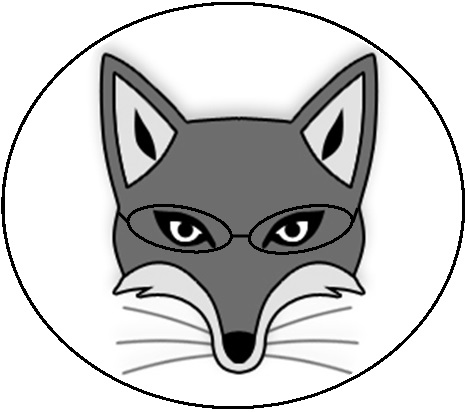This week I read about a new editing technique called Leveling Up. It actually came from a colleague in teaching who uses it with his class when they do a piece of creative writing. He hands out cards with terms such as adjectives, adverbs, and descriptive phrases. He then asks students to underline good examples of these in their work, and then look for opportunities to add in more of these features.
When it comes to editing short stories and novels, we often focus on the idea that less is more, that a streamlined piece of writing contains fewer adjectives, adverbs and long, unwieldy descriptions than its first draft. But that doesn’t mean that the technique used by my colleague for a seventh grade class isn’t applicable or useful.
Sometimes, especially speaking from personal experience, it is easy to look at the piece you’re editing as a whole and try to fix everything that’s wrong with it all at once. But if we looked at, say, overuse of adverbs throughout the whole piece before moving on to overly long sentences, our editing would probably be a lot more effective.
When we teach to younger children, we often break things down into clearer steps, more manageable chunks. By applying this to our own writing and editing, the whole practice can become much more effective and–more importantly–more manageable.
Helen Dring is a fiction writer from Liverpool, England. She is studying for an MA in Creative Writing and is currently writing her first novel. She likes fairy tales, ghost stories and modern history.

Interesting idea, especially breaking the feedback down into categorised chunks. And, although I’m very much in favour of less is more, it’s good to see something that goes against the grain.